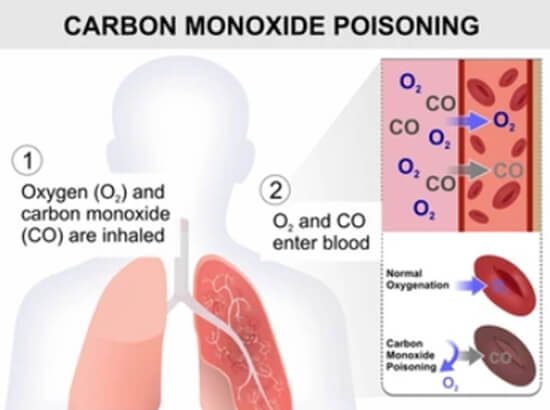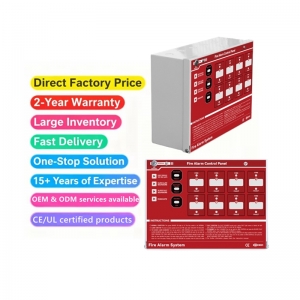Carbon monoxide (CO) is a silent threat—it’s odorless, colorless, and deadly. Detecting it early is critical for safety. Here’s how to identify CO presence and protect your household.
1. Install Carbon Monoxide Alarms
- Key defense: carbon monoxide alarms are the most reliable way to detect leaks. Place them in every room with fuel-burning appliances (e.g., gas boilers, heaters, fireplaces) and near sleeping areas 1.
- Maintenance: Test carbon monoxide alarms monthly and replace batteries yearly.
2. Recognize Symptoms of CO Poisoning
Early symptoms mimic flu but worsen indoors and improve when you leave:
- Headaches, dizziness, nausea
- Shortness of breath, chest pain
- Confusion or weakness
Act immediately if symptoms appear: Evacuate, seek fresh air, and call emergency services. 
3. Inspect Appliances and Ventilation
- Check for faults: Poorly maintained gas cookers, boilers, wood stoves, or generators are common CO sources.
- Avoid indoor risks: Never use camping stoves, BBQs, or run engines (e.g., lawn mowers) in enclosed spaces.
4. Look for Physical Signs
- Soot or yellow flames: Gas appliances should burn blue. Yellow flames or soot buildup indicate incomplete combustion.
- Condensation: Excessive moisture near windows or walls may signal blocked vents.
5. Schedule Professional Inspections
- Annual checks: Hire certified technicians to inspect heating systems, chimneys, and gas lines.
- Post-leak actions: If you suspect a leak, contact the National Gas Helpline (e.g., UK: 0800 111 999) and avoid re-entering until cleared.
Prevention Tips
- Ventilate: Ensure rooms with fuel-burning appliances are well-ventilated.
- Educate: Teach household members about CO risks and emergency protocols.
By combining alarms, vigilance for symptoms, and regular maintenance, you can mitigate CO risks effectively.
Latest posts
-
 What Would Set Off a Carbon Monoxide Detector ?
What Would Set Off a Carbon Monoxide Detector ?Do you like ?0
Read more -
 What can we do to prevent carbon monoxide poisoning in winter ?
What can we do to prevent carbon monoxide poisoning in winter ?Do you like ?0
Read more -
 How to prevent carbon monoxide poisoning in hot summer ?
How to prevent carbon monoxide poisoning in hot summer ?Do you like ?0
Read more -
 How to prevent carbon monoxide poisoning in cars ?
How to prevent carbon monoxide poisoning in cars ?Do you like ?0
Read more -
 How to prevent carbon monoxide poisoning in cars during summer ?
How to prevent carbon monoxide poisoning in cars during summer ?Do you like ?0
Read more -
 Beware of carbon monoxide poisoning in summer, you must know these points
Beware of carbon monoxide poisoning in summer, you must know these pointsDo you like ?0
Read more
Search
Hot Product








